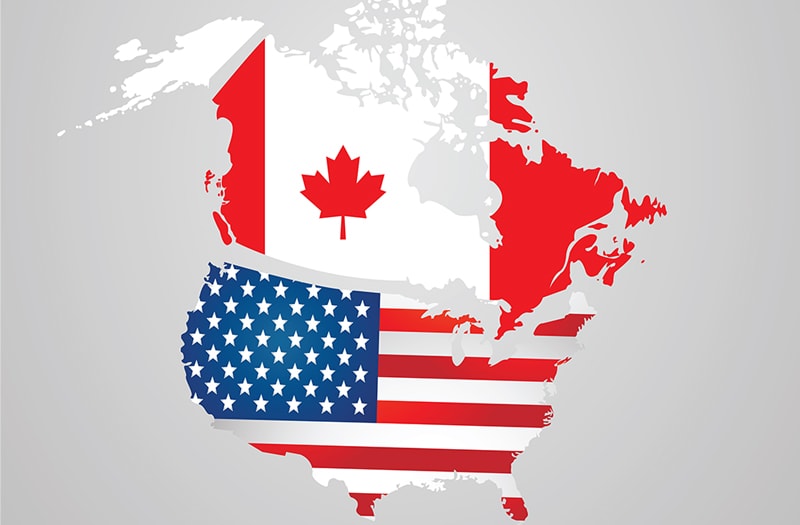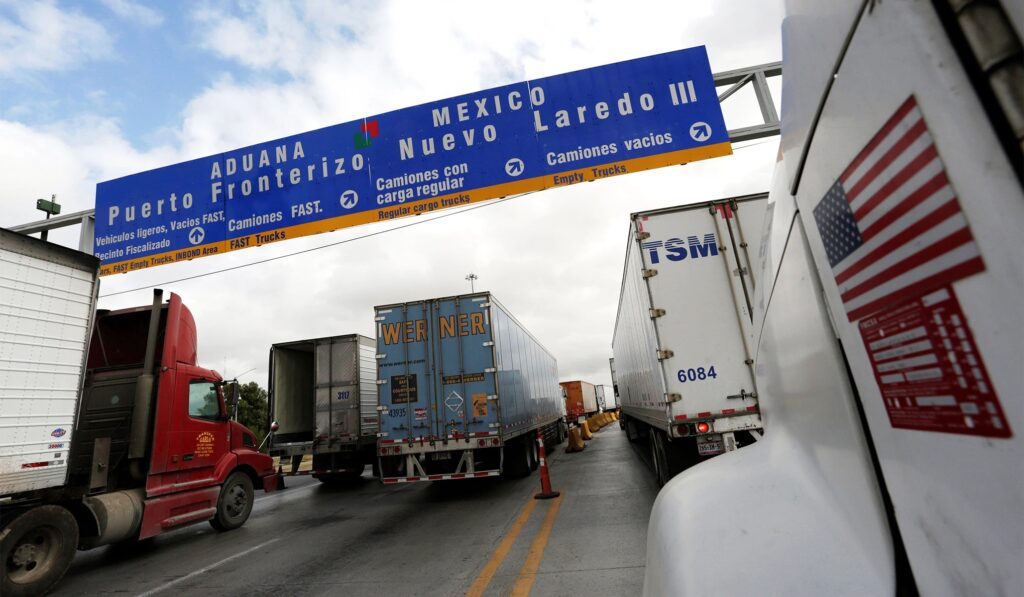Articles
Cross-border Trade

Alternative Routing: Go Another Way
In the face of constant supply chain disruptions and unexpected events, shippers must be ready to reroute at a moment’s notice. Finding the road—or waterway— less traveled can sometimes make all the difference for transportation success.
Read More
American Standard: Flushed With Success
As a leading North American brand, American Standard has been offering innovative products for more than 150 years. One of its products—the humble but essential toilet—is practically synonymous with the company name.
Read More
Nearshoring: Partners Lead the Way in Mexico
Establishing operations in Mexico can streamline and shorten your supply chain. These companies can help you reap the benefits and overcome the challenges of nearshoring.
Read More
Friendshoring: Definition, Benefits, and Challenges
Friendshoring is shaping international trade by reinforcing supply chains and fostering economic ties. It boosts supply chain resilience and strengthens diplomatic relations, helping businesses manage global market complexities. However, challenges like higher costs and limited country choices require careful consideration.
Read More
North America: Navigating Cross-Border Trade
U.S.-based companies are looking to master cross-border trade in North America—amidst supply chain upheavals, rising production costs in many other parts of the world, and a strengthening initiative to produce closer to primary markets.
Read More
Received for Shipment: Definition, How It Works, and Importance
Understanding the concept of ‘Received for Shipment’ is important in the shipping industry. This notation indicates that the carrier has received the cargo at the port facility for loading onto a specific vessel or voyage.
Read More
Are You Prepared for New Regulations?
Those of us who hoped we’d quickly get back on track after the notoriously shaky supply chains of 2020 and 2021 have been left wanting. A confluence of factors has come together to create further disruption across global supply chains, with some poised to only get worse.
Read More
Technology, Sustainable Growth, and Collaboration Drive Success for Polaris Transportation Group
Brand Promise: To provide industry-best cross border supply chain solutions and customer experiences through innovation and technological development while focusing on our people, customers and communities.
Read More
Canada & the United States: Mapping Out Cross-Border Connections
The strength of the trade relationship between the neighboring countries is illustrated daily in border crossings, where freight handled by experienced logistics providers moves seamlessly both ways.
Read More
Strategies to Overcome Cross-Border Obstacles
Brands selling internationally know that their cross-border strategies must accommodate changes in import taxes, localized prices, or governmental sanctions. What many may not initially consider is the complexities of country restrictions, and the possibility that certain products can be deemed a threat and held up in the customs process.
Read More
Commercial Invoice: Definition and Terms
A commercial invoice is a customs-required document for any internationally sold shipment of goods. As a document, a commercial invoice plays an important role in facilitating the processing of products and owed taxes or duties. The following summary covers all you need to know about a commercial invoice and its role in international trade. What […]
Read More
Just In Time to Near-Source or Nearly Time to In-Source?
As the global economy grows more complex, the concepts of in-sourcing and near-sourcing are receiving increased attention from many supply chain professionals.
Read More
You’re Invited To: Bring New Trading Partners to the Party
More U.S. companies are asking a Plus One guest to join China sourcing strategies, inviting suppliers beyond the border of the world’s primary outsourcing powerhouse to the dance.
Read More
Three Considerations for Choosing a Cross-Border 3PL
Whether to solve existing supply chain issues or to make good supply chains even better, many companies are now cultivating shorter supply chains that boast greater agility during disruptive circumstances. As a result, North American warehouses and distribution centers are increasingly shifting to Mexican and Canadian-based suppliers, rather than overseas counterparts, to simplify supply chains and improve fulfillment processes. While this is a step in the right direction, companies are finding that shorter and simpler doesn’t mean easier.
Read More
Be Prepared for the Complexities of Mexico Cross-Border Logistics
Customs and legal issues, as well as capacity trends, underline the need for a transportation and logistics partner with the knowledge and experience to make the cross-border transition seamless.
Read More
Avoiding Freight Detention and Seizure
Knowing the most common reasons CBP seizes a shipment can help you avoid the hassle.
Read More
Canada-U.S. Trade: Connections
The tight relationship between the United States and its northern neighbor makes cross-border trade seamless and efficient. Logistics professionals leverage these connections to keep goods flowing and supply chains humming.
Read More
Americold’s Fresh New Facility Boosts Temperature-Controlled Trade Through the Port of Savannah
The Port of Savannah is Georgia’s gateway to the world—a critical conduit moving products to and from destinations around the globe. As the largest single-terminal container facility of its kind in North America and the third fastest-growing port in the nation, Savannah faced infrastructure challenges that required an investment to strengthen cold chain capabilities for […]
Read More
Imports & Exports: An Insider’s Guide to Getting it Right
Experts share best practices to ensure your cross-border commerce success.
Read More
4 Strategies for Effective Cross-Border Logistics
With a wave of overseas supplier disruptions due to COVID-19 and resulting supply shortages that bottlenecked operations across the supply chain, many companies are considering nearshoring to Canada and Mexico to minimize risk and potential disruptions.
Read More